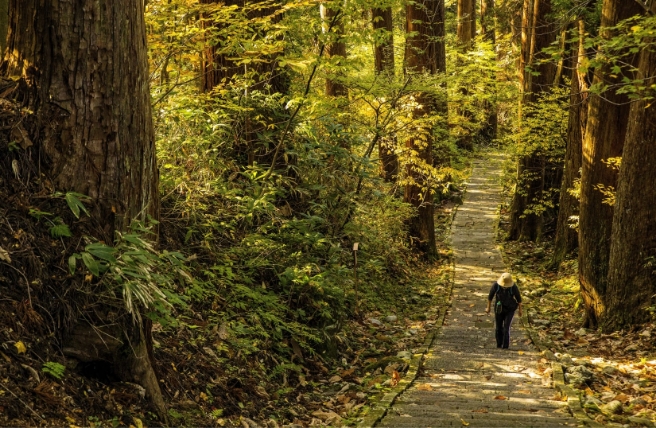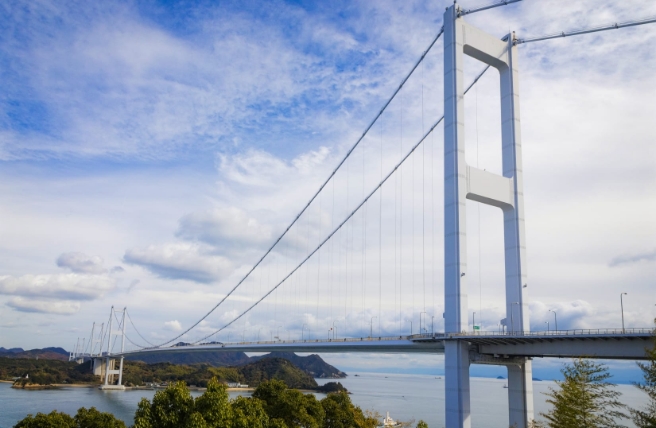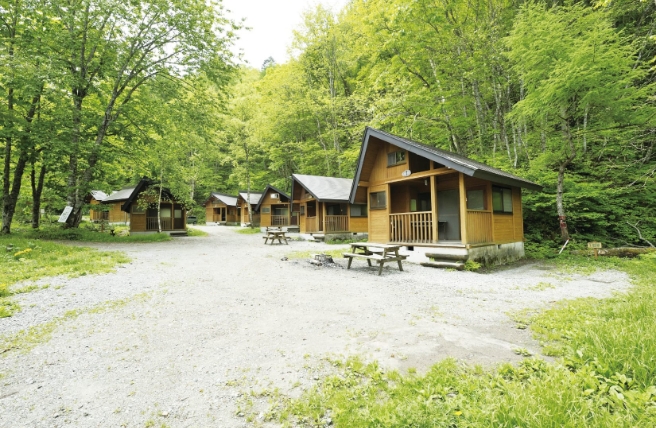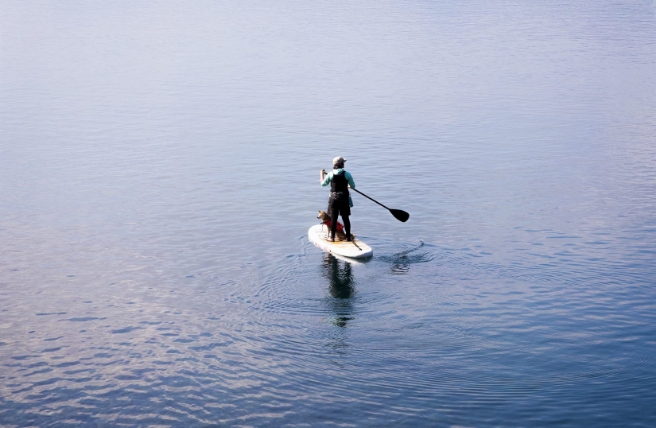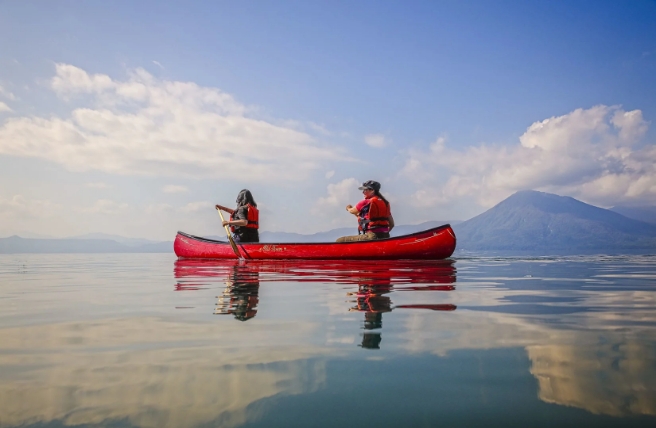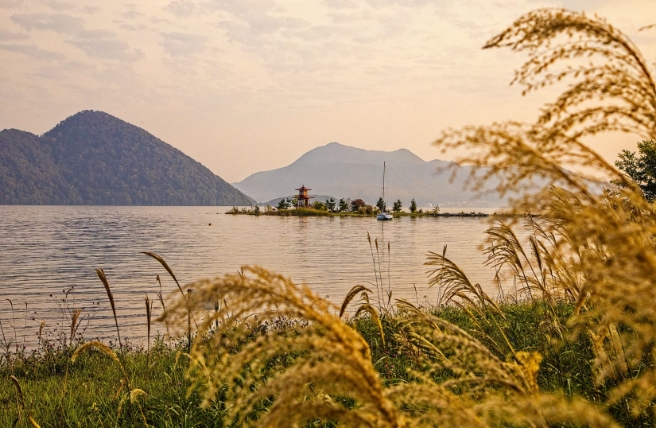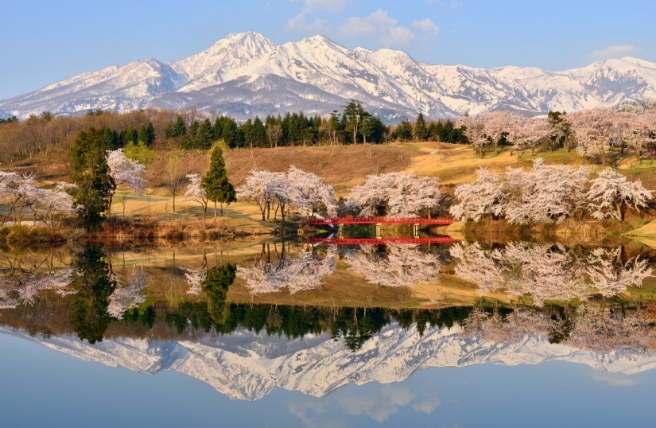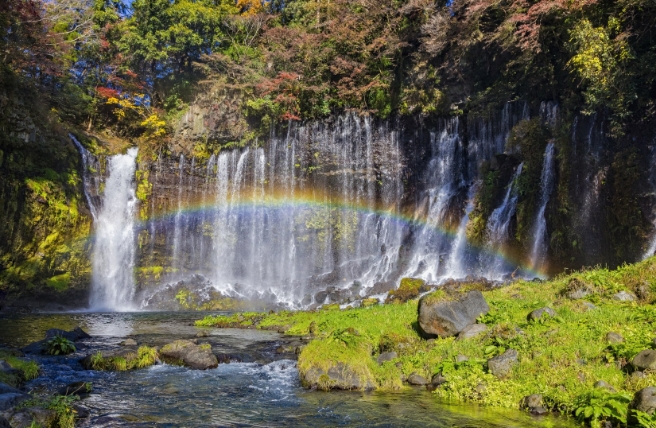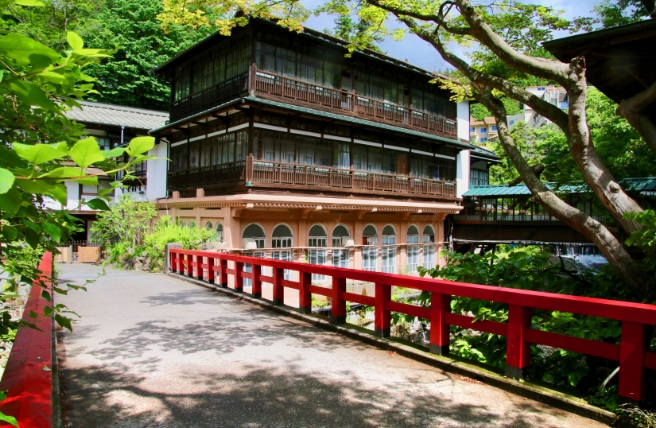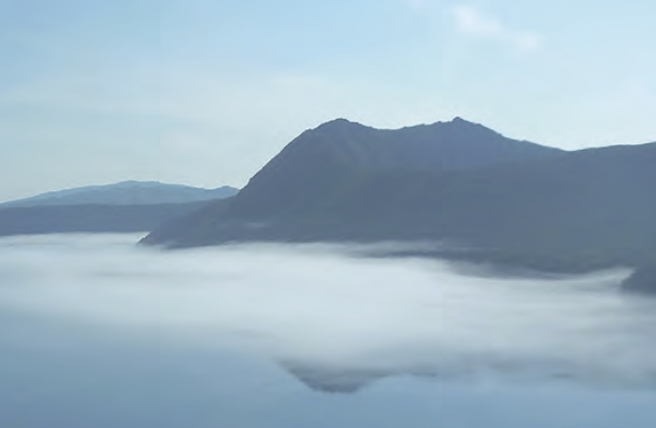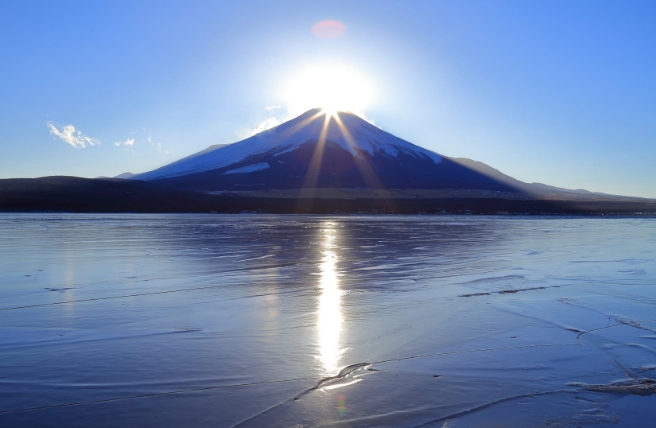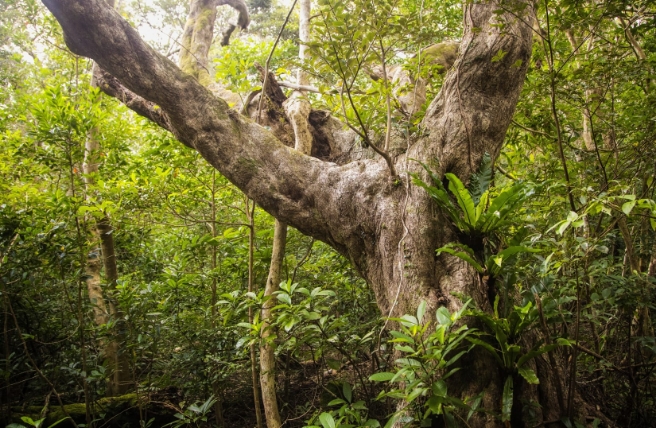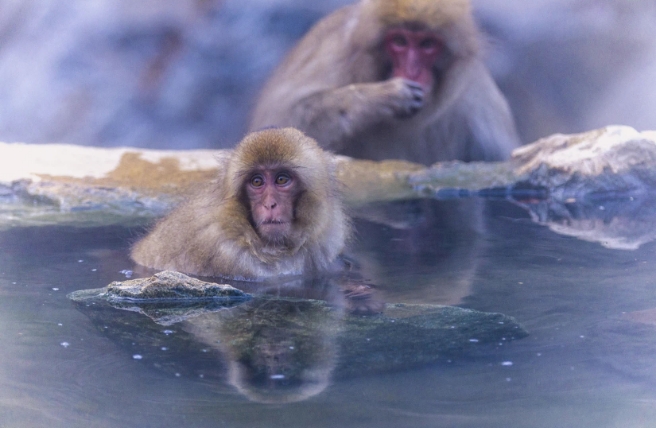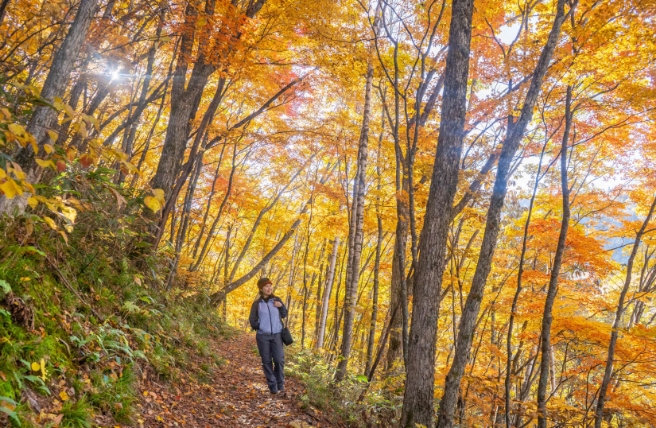Ranger Michio Fujita is a passionate ambassador of Yoshino-Kumano’s spectacular geography and cultural heritage. Along with his deep drive to protect the park's natural landscapes and cultural assets, his love of the ocean and marine life has led him to take on a project that would designate a new Marine Protection Area in the park.
| Ranger | Michio Fujita |
| Park | Yoshino-Kumano National Park |
| Recommended Spot | Nachi Falls area |
* This article was written based on an interview conducted with the park ranger in January, 2022.

Ever since Michio Fujita was a child he has loved the natural world. This led him to join an environmental consultancy company as a young adult, where he was in charge of biological surveys working in the field for the Ministry of the Environment. “I wanted to make use of the field knowledge and experience that I gained there, so I decided to become a park ranger.” Since 2005, he has held various positions in Japan’s Ministry of the Environment, including in Oze National Park and Iriomote National Park (now Iriomote-Ishigaki National Park).
In his current position, he is the Director of the Yoshino-Kumano National Park Office, in charge of promoting the park and working with local stakeholders on matters of environmental conservation.
From the forest to the sea
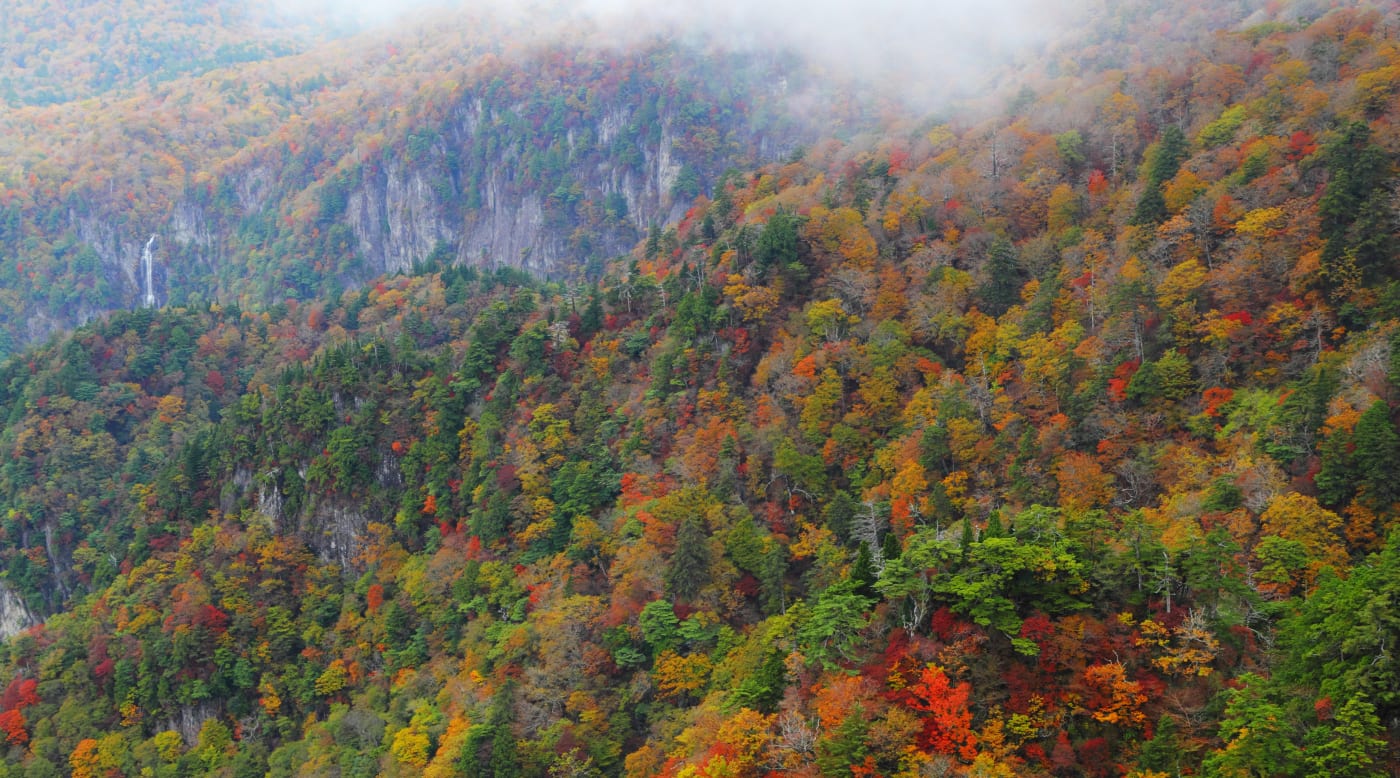
Yoshino-Kumano National Park protects a range of natural environments on the Kii Peninsula, an area of Kansai (western Honshu) encompassing Wayakayma, Mie and Nara prefectures, and extending into the North Pacific Ocean. Fujita explains that here, there are three very distinct ecosystems relatively close to one another: mountains, river valleys and the coastal and ocean areas.
Three distinct areas come to mind for Fujita for those who want the full experience of Yoshino-Kumano National Park. If you’re looking for mountains, he recommends the Odaigahara Plateau in the central area. “We have established a ‘Regulated Utilization Area’ around Nishi-Odai, where the number of visitors per day is limited and you have to attend a lecture before setting out on your hike. This helps protect the ancient beech forest here, which is covered in beautiful mosses that have survived for centuries. It’s such a special place.”

To experience the park’s rivers, Fujita says that Dorokyo Gorge is definitely a highlight. “Visitors can try a traditional type of rafting known as ‘ikada-kudari’ in Kitayama Village, located in the gorge. In the past, raftsmen used to make dangerous trips down the river to transport logs, but this is a safer version of it that tourists can experience. It's very exciting.”
Fujita highly recommends a spot called Phoenix Fold for visitors who want to experience coastal scenery. “This world-famous geosite along the Kushimoto Coast is made up of layers of rock, folded into a curved S-shape. About 30 million years ago, it began forming underground when one tectonic plate shifted under another, eventually forcing the fold to the surface. This is a fantastic site and a must-see with a local Geopark Guide.”
Remnants of mountain worship
When asked what his personal favorite destination in the park is among these diverse environments, Fujita recommends the Nachi area. Nachi is part of the Kumano Kodo, a historical pilgrimage route through sacred forests that gained popularity during the Heian period (794-1185).
“Nachi Falls is part of a Special Protection Zone in the park, along with Kumano Nachi Taisha Grand Shrine and Nachisan Seigantoji Temple. The shrine and temple stand side by side, representing the fusion of Buddhism, Shintoism, and the practice of Shugendo, a form of nature worship. There are many remnants of mountain worship here. I also practice Shugendo with a mountain priest and I often walk sections of the Kumano Kodo.”

For the love of the ocean
Fujita’s passion for the sea led him to initiate an exciting project that would expand the park to new areas along the coast in Mie Prefecture. This is part of the Ministry of the Environment’s commitment to “30 by 30,” a worldwide campaign for governments to designate 30 percent of the Earth’s land and ocean as protected areas by 2030. Currently, 20 percent of Japan’s land and 10 percent of its ocean is protected.
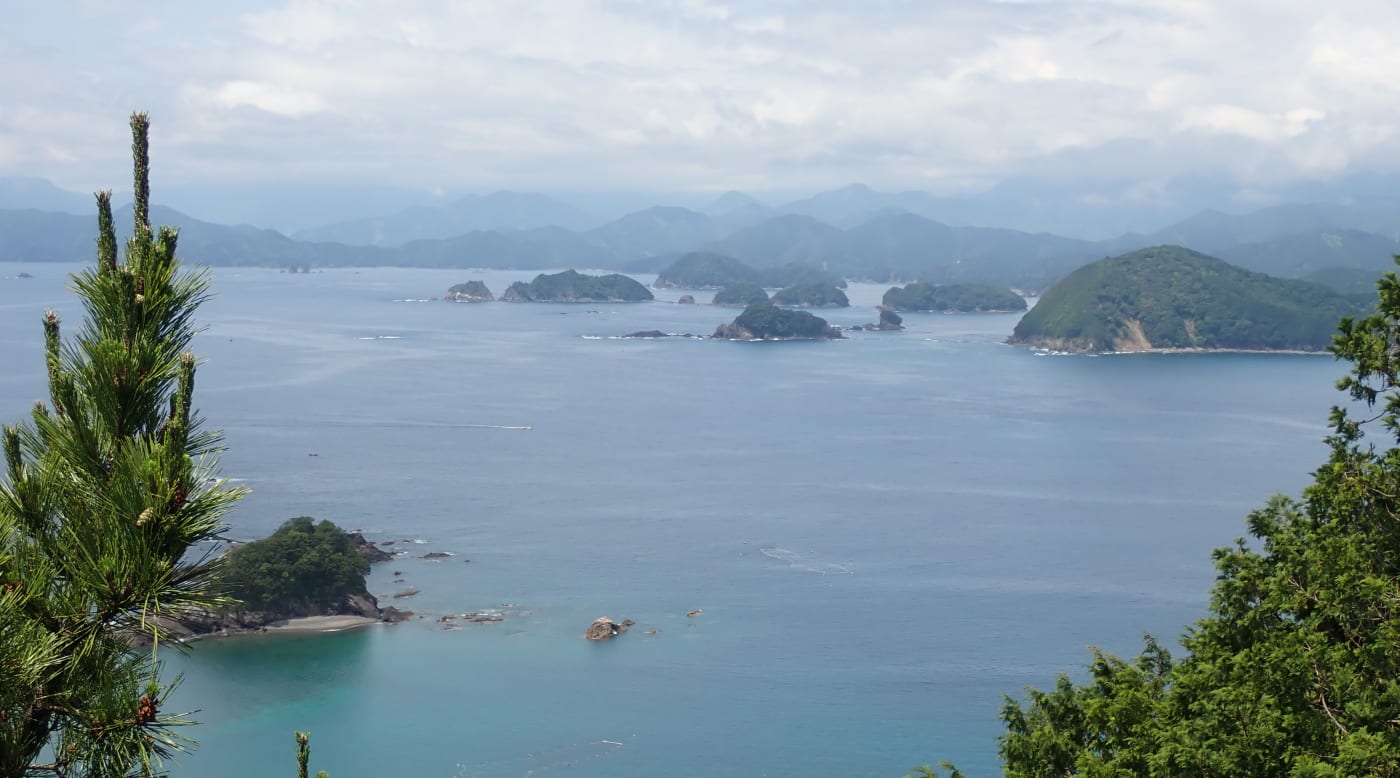
In addition to creating stricter regulations within existing marine areas in the park, like adding more fish species to the list that are off-limits for poaching, Fujita is working to conserve the ocean by establishing a new Marine Protection Area. “We not only want to protect the precious marine life in these waters, but also the underwater landscape. In some areas, there are landforms that have been created over millennia. These include layers of land and sediment that have piled up—they look like the layers of a French mille-feuille pastry—something that is quite unique. In addition, we would like to protect the corals and rare subtropical fish that thrive here. My passion is to nurture both the living creatures and the landscape of these areas and protect their biodiversity.”
One of the most satisfying elements of this project, Fujita says, has been negotiating with local stakeholders. “It's a tough job, but it's very gratifying when we are able to convince stakeholders that protecting the environment in which they live and work is vital. One example is when fishermen who were initially very opposed to designating sea areas as a national park gave us their approval.”
A park that stands out from the rest

When asked, “Why visit Yoshino-Kumano National Park?” Fujita replies: “The distinct areas of Yoshino-Kumano are very much off the beaten path, and each area has its own charm. Visitors can take their time here, get far away from the crowds, and experience a place where rich nature, history and culture come together. The mountains, rivers and sea change with the seasons, so you can enjoy the beautiful landscapes any time of year.”
“As park rangers, we strive to find a balance between protecting the environments of national parks while making them welcoming and accessible for tourists and nature enthusiasts. I would love to have many more travelers visit this part of Japan so that local people living here can feel proud that they have a national park in their area.”
